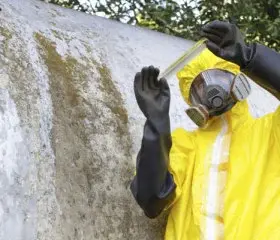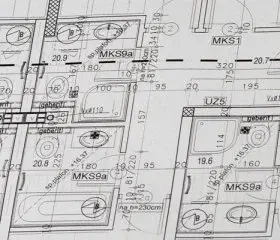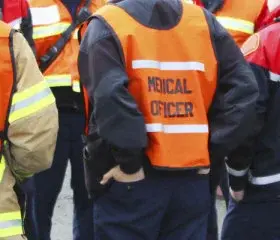/109592930-1600x400.jpg?width=300&name=109592930-1600x400.jpg)
GUIDELINES FOR EMERGENCY EQUIPMENT MANAGEMENT
In an emergency, minutes and even seconds are vital; quick actions can save lives and prevent serious injuries. To remedy emergency situations in a swift and effective manner, your company needs to be ready. Emergency equipment must be properly located and maintained, and staff trained in its use.
A Hazard Identification process should be conducted to identify all locations where emergency equipment may be required.
This should include equipment such as:
- Firefighting equipment
- Drench showers and eye-baths where workers are at risk of being in contact with harmful substances (particularly corrosive substances such as acids).
- Spill control equipment
Emergency equipment should be located in easily accessible areas and within a reasonable distance from the source of hazard.
Such locations should be sign-posted, including directions from areas where they cannot be seen.
It is essential to train all personnel so that they are thoroughly familiar with the locations of all emergency equipment and the correct methods for using them.
It is also beneficial to ensure that all staff members are familiar with the use and locations of emergency equipment during the induction training process.
Warning devices such as lights, sirens, bells, etc. should be installed in all locations where personnel need to be warned of a hazard or an emergency (e.g. over pressure, release of toxic gasses, etc.). Refer Australian Standard AS 2993.
Emergency evacuation lighting, in accordance Australian Standard 2293 and Local Government requirements should be installed, regularly inspected, and maintained to ensure optimum safety.
It is important to have an emergency power supply for all plant and equipment in the event that your normal power supply is interrupted during an emergency. This should also apply to equipment required in the event of an emergency (e.g. fire, pumps, extraction fans, etc.) and to instrumentation and control systems necessary for safe shut-down.
Battery-powered emergency supply should also be provided in cases that requires it (e.g. for control systems).
Be sure to test and inspect all emergency power supply systems in accordance with a formal schedule.
To ensure that all emergency equipment is in proper working order, regular inspections and maintenance must be carried out. This will put your equipment in a state of readiness in the event of an emergency.
Enlist qualified personnel to carry out all inspections in accordance with controlled inspection check sheets.
Be sure to keep full records of inspections and testing of emergency equipment.
Still unsure if your emergency equipment is fit for purpose?
Speak with our safety specialists today to ensure you're not caught unprepared.Download Your Free Checklist PDF
Get instant access to our expert-designed checklist to help you. Simply fill out the form below to download your copy.SIMILAR READINGS

2 min read
2 min read
Conduct your next audit with minimum of fuss and maximum..
Read More
2 min read
2 min read
Keep staff required to work in confined spaces safe with...
Read More
3 min read
3 min read
How the Australian Standards are used in court proceedings...
Read More
3 min read
3 min read
Guidelines to ensure your staff are ready in an emergency...
Read More